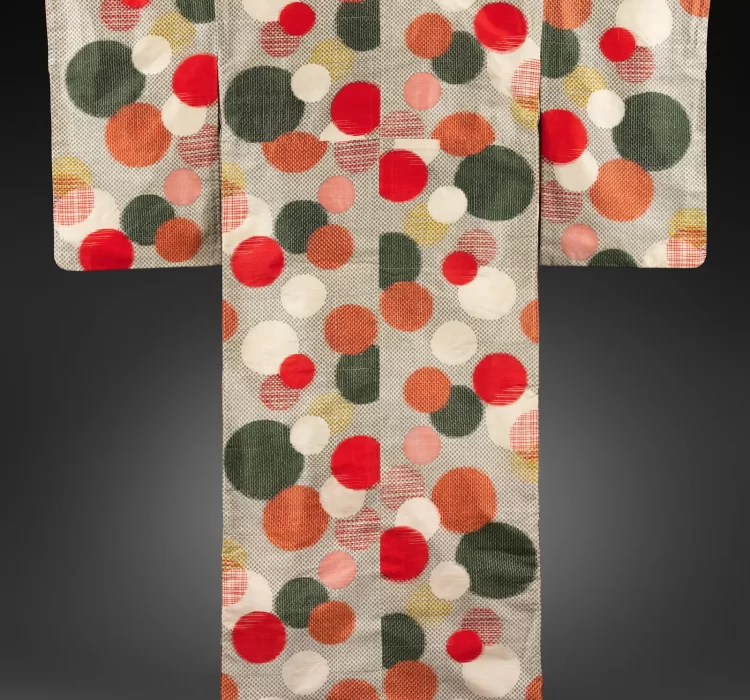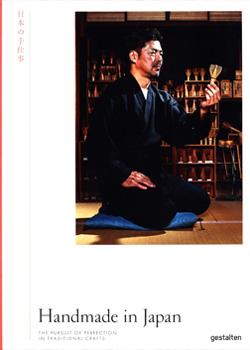
Aug.06
Handmade in Japan by Irwin Wong (reviewed by The Japan Society)
Aug.06
If like me you have an appetite for exploring all things related to Japanese design and crafts, Irwin Wong’s introduction to Handmade in Japan will surely prompt you to investigate further. Wong is a well-known commercial photographer based in Tokyo, so on the book’s announcement I knew it would be filled with evocative images of Japan and…
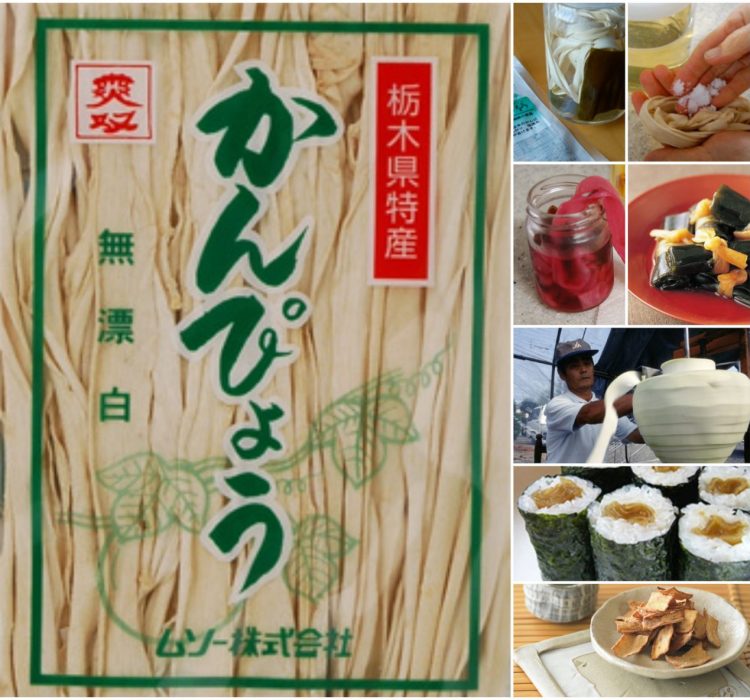
Aug.03
Elizabeth Andoh: A Taste of Culture – Kampyō; Edible Gourd Ribbons
Aug.03
There are hundreds of members of the gourd family (Cucurbitaceae) with sundry shapes, sizes and colors. Gourds were one of the earliest plants to be domesticated, about 13,000 years ago. Probably native to Africa, gourds quickly dispersed throughout the world. Archeological evidence pointing to cultivation and use of gourds in Japan dates back more than…
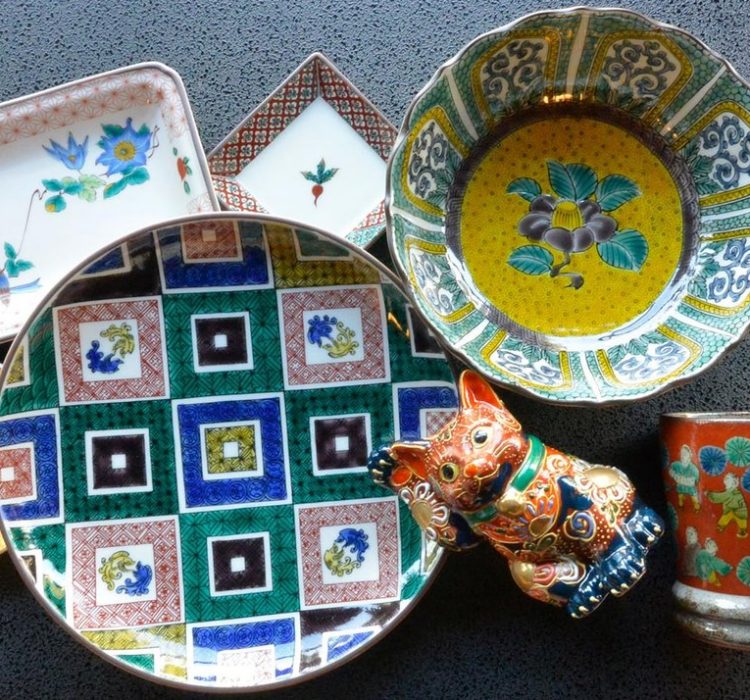
July.30
10 Things to Know about Kutaniyaki Japanese Ceramics by Japan Objects
July.30
Japanese ceramics are highly sought-after by pottery lovers everywhere. One of the many reasons for their enduring popularity is the sheer variety of ceramic art in Japan, with almost every region producing their own specialized works (see our A-Z guide for more). Kutaniware, or kutaniyaki, is one of the most fascinating. What’s so special about…
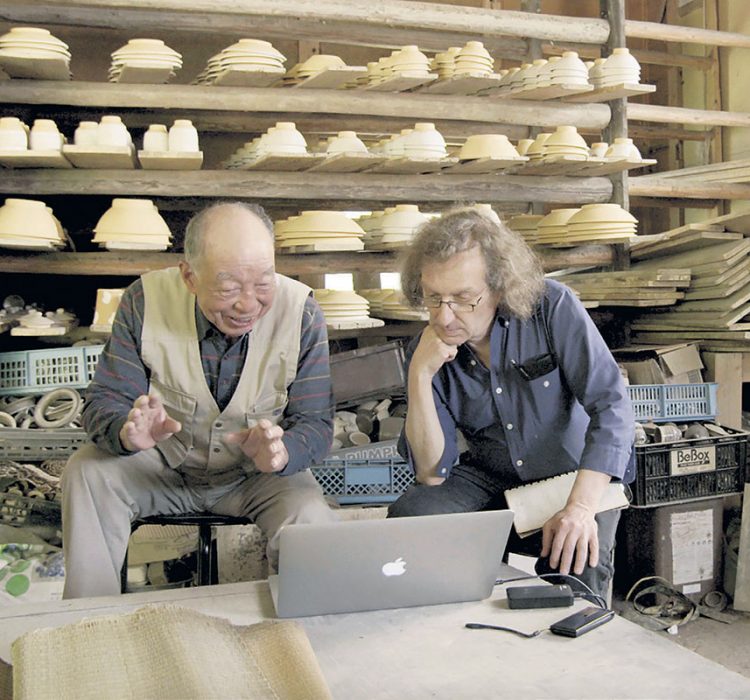
July.27
Film, Pottery, and the Mingei Movement: A Conversation with Marty Gross by IIAS
July.27
Marty Gross is a filmmaker and producer based in Toronto. He also founded and runs the Mingei Film Archive Project. Established in the 1920s in Japan , the Mingei Movement championed the beauty of everyday, homemade objects. Over the past few years, Marty Gross has overseen the restoration and remastering of a vast collection of…

July.16
Sacred Trees in Japan by JSTOR Daily
July.16
Share Tweet Email Print Trees provide many benefits, from clean air to carbon absorption. Some benefits are less measurable, however. In Japan, ancient trees and forests have long been valued for their cultural and spiritual significance. Glenn Moore and Cassandra Atherton detail the many ways trees in Japan, and particularly Tokyo, are cared for and respected. For the Japanese,…

July.14
Elizabeth Andoh: A Taste of Culture – YAKUMI condiments
July.14
Food cultures around the world employ various aromatic herbs and spices to stimulate the appetite and promote healthful eating. Japan has a long history of using yakumi, best translated as “condiments,” that enhance flavor while providing a benefit to the body in some manner. Indeed, the Japanese word yakumi is written with calligraphy for “medicine” and “flavor,” suggesting…
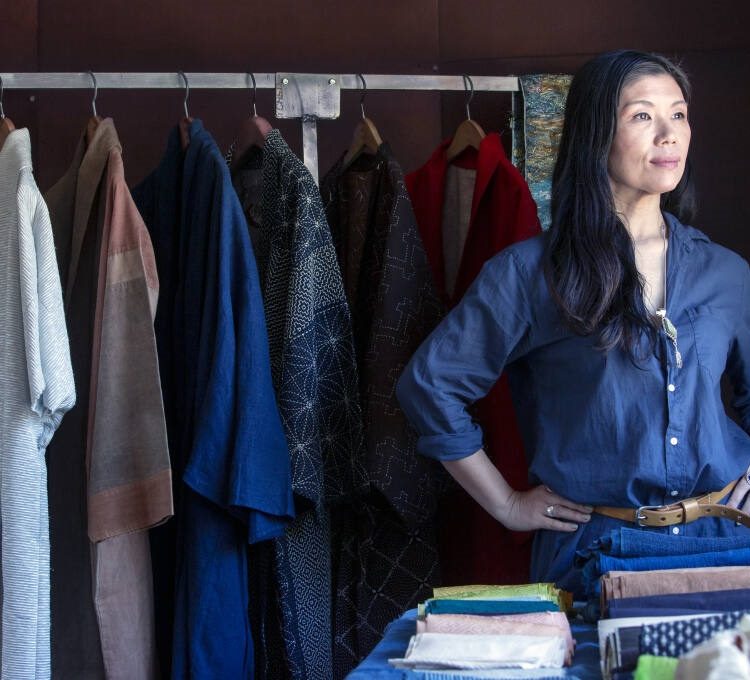
July.12
Maki Aizawa and the hidden art of kimono-making by the Sonoma Index-Tribune
July.12
Textiles artist Maki Aizawa’s original line of kimono-inspired jackets are featured in the prestigious Santa Fe International Folk Arts festival this month. She’s humbled to be sharing kimono-making techniques which she applies to the modern-designed jackets, her way of giving visibility to what she describes as “a dying art form.” But despite designing and sewing…

July.10
The bawdy world of kabuki theatre by Apollo Magazine
July.10
From the February 2022 issue of Apollo. Preview and subscribe here. About 400 years ago, the first sparks of a new art-form could have been seen just five minutes’ walk from where I now sit writing in Kyoto. The date was almost certainly 1603, though it is not clearly recorded. It was probably a blazing…










